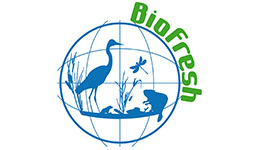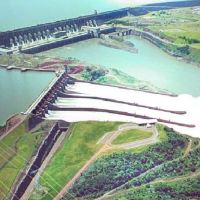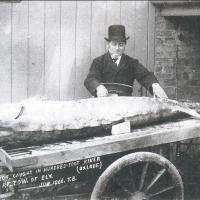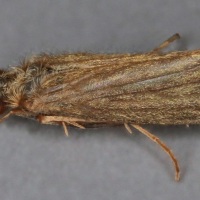The DESSIN Ecosystem Service Evaluation Framework
DESSIN is a European Union project (featured on the blog last year) which aims to specifically address water scarcity and water quality issues in urban areas, partnering scientists with water management organisations and technology companies to design new and innovative solutions for water management.
DESSIN has two broad aims: first to explore new technology and management approaches to address some of the world’s most pressing water issues; and second to use the ecosystem services concept to provide evidence of the benefit of new approaches in economic, social and environmental terms, in order to encourage their widespread adoption. DESSIN’s work is carried out at five urban study areas across Europe.
DESSIN has recently released details of their new Ecosystem Service Evaluation Framework designed to show how innovative technologies can help support and promote the services provided to humans by freshwater ecosystems.
The DESSIN Framework uses the Common International Classification of Ecosystem Services developed by the European Union to standardise assessments. It feeds the resulting classifications into the DPSIR adaptive management framework.
The DPSIR framework (Driving forces, Pressures, States, Impacts, Responses) has been adopted by the European Environment Agency to help understand society-environment interactions, and to assess related issues of governance and sustainability.
 As this diagram shows, innovative technologies (Responses) are trialled in the framework to assess their impacts on ecosystem Drivers (human alterations to the environment), Pressures (the effects of human activity) and States (the conditions of the ecosystem under study).
As this diagram shows, innovative technologies (Responses) are trialled in the framework to assess their impacts on ecosystem Drivers (human alterations to the environment), Pressures (the effects of human activity) and States (the conditions of the ecosystem under study).
As a result, the changes to ecosystem service provision (Impact I) can be estimated, and valued (Impact II). This estimated change in ecosystem service availability and value, and the resulting effects on human well-being, can then feedback into policy and decision making, as further Responses.
The above diagram shows a case study example of the DESSIN Framework applied to the River Emscher in Northern Germany. Responding to decades of urban alteration and pollution of the river, the DESSIN team are trialling three innovative approaches in the catchment: sewer networks, waste-water free streams and ecological restoration.
Each response aims to address the pressures from different drivers which result in changes to the ecosystem’s state, with the intention of promoting ecosystem services such as water purification, flood protection and biodiversity conservation (Impact I). The economic value of such services is calculated on the basis of factors such as avoided costs for technological water treatment and ecological restoration, compensated instead by the functioning of the ecosystem (Impact II).
You can keep up to date with the progress of the DESSIN project on their website.















